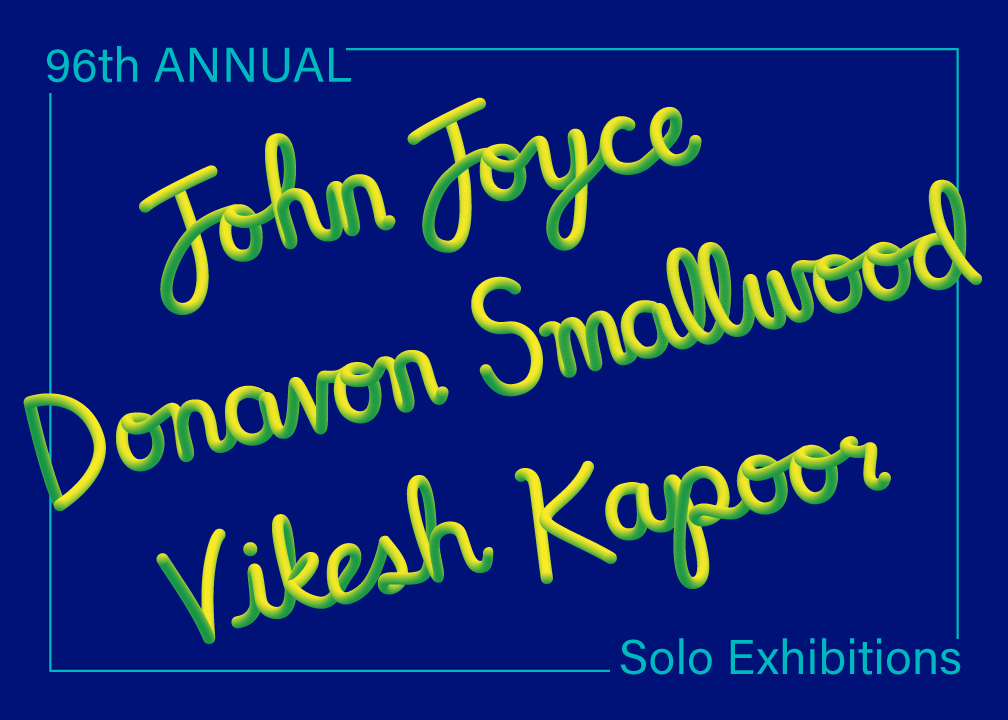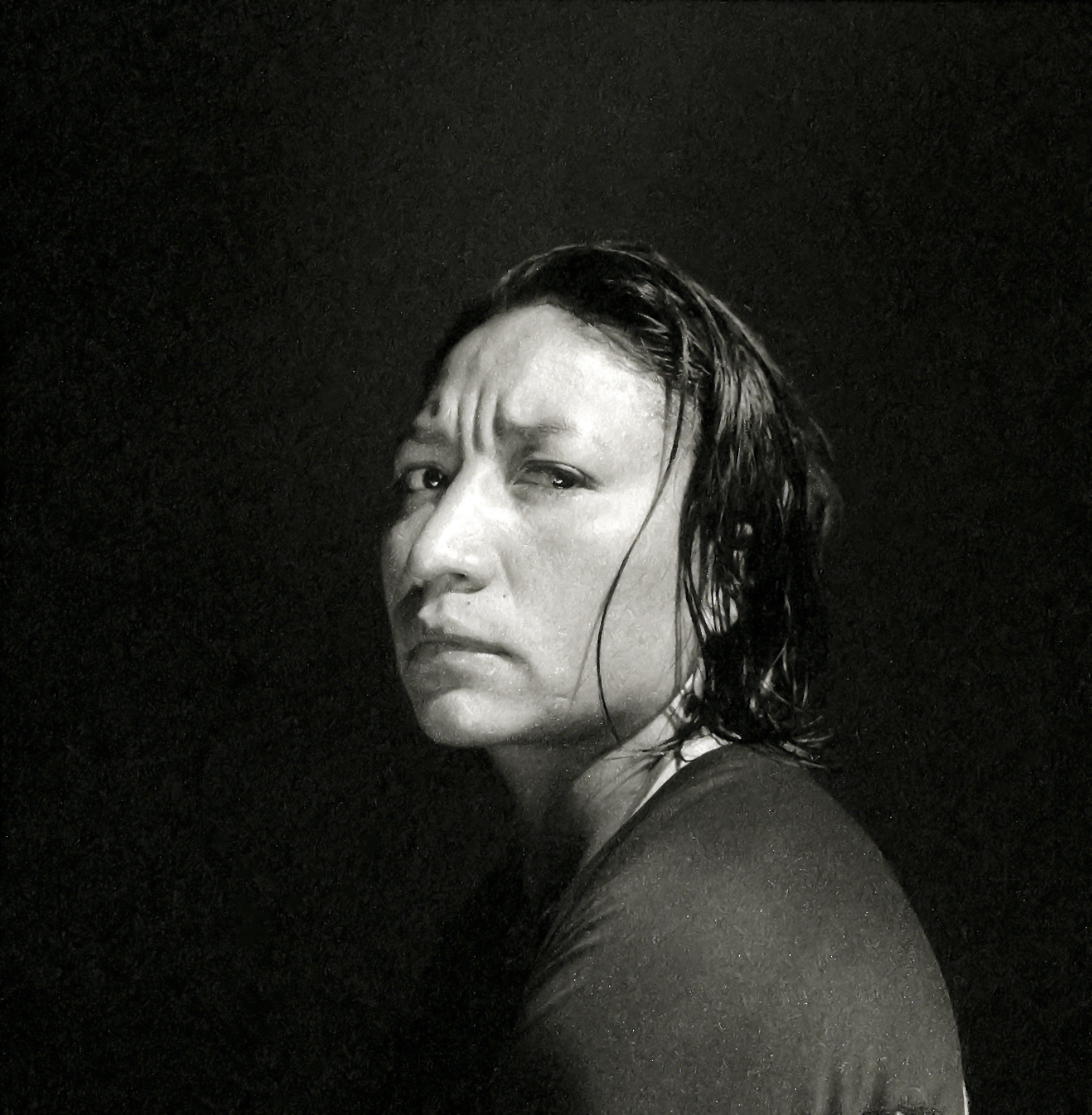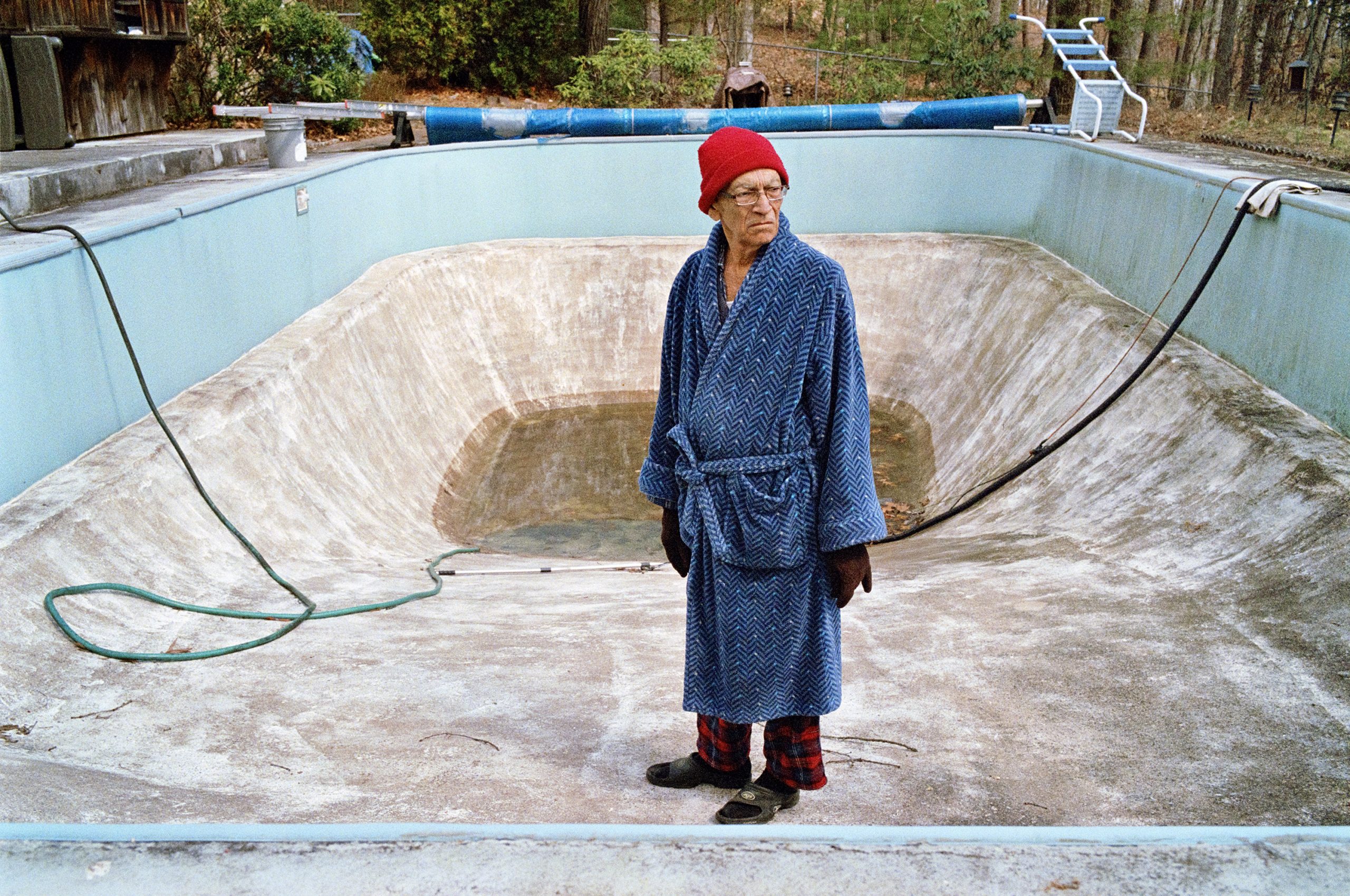January 21 — March 12, 2022
The Print Center is pleased to present three solo exhibitions awarded from the 96th ANNUAL International Competition – John Joyce: Jab, Cross, Hook, Vikesh Kapoor: See You at Home and Donavon Smallwood: Languor / Beebe. Exhibition Resources
Press Release
Gallery Notes


John Joyce: Jab, Cross, Hook
For photographer John Joyce, form and content go hand in hand. His intimate platinum palladium portraits are as technically adept as they are conceptually rigorous. The works in Jab, Cross, Hook are drawn from three series: “Gimnasio Nuevo Jordan,” “Philadelphia” and “Mexican Portraits” and are presented in a variety of ways – matted and framed, designed for final presentation by the artist, unframed and, in some cases, unmatted. By stripping the works of their final armatures, this exhibition unveils the intricacies of Joyce’s analog process, revealing the painterly – almost playful – brushstrokes of emulsion on the paper. This emulsion is more than a substrate. It is the foundation at the core of each, often stoic, portrait.
“Gimnasio Nuevo Jordan” began over five years ago, when Joyce himself started training at a gym in Mexico City. “What immediately struck me was the camaraderie among the boxers and their trainers as well as the families and friends who would accompany them to watch. Although closely integrated . . . this tightknit community welcomed me and my camera,” says Joyce. The gym, which has produced a number of champion fighters, is more than just a training ground. It is a second home for these men – and occasionally women. Through subsequent visits to the gym, Joyce has followed the careers of a number of boxers, some of which have sadly ended in death.
Each portrait is taken in ambient light after a boxer has finished training. The title of the exhibition – Jab, Cross, Hook – refers directly to types of punches. “Rather than photographing the boxers in motion, I use these moments of exhausted repose to portray their dedication to the honing of their bodies and craft, and their dignity in the pursuit of glory and social ascendency despite the slim chance of attainment,” says Joyce. The artist employs similar parameters in his series titled “Philadelphia,” also portraits of boxers, as well as in the series “Mexican Portraits,” comprised of recent portraits taken in Mexico.

Vikesh Kapoor: See You at Home
See You at Home is an exhibition of works from Vikesh Kapoor’s ongoing series of the same name. The works are, in the artist’s own words, “a personal narrative that centers on family, memory and the myth and melancholy surrounding the American Dream.” It revolves around his parents, Shailendra and Sarla Kapoor, who emigrated from India to the United States in the early 1970s. They built their new lives – their family of four and their careers as physicians – in a small, rural Pennsylvania town of about 10,000 people, where they were one of just a few immigrant families. The town was, and remains, predominantly white and conservative. The Kapoors, now retired and growing older are becoming increasingly isolated as their children have moved far from home.
Kapoor turns his lens on his parents, photographing them in and around their home, capturing some of the most intimate – if not banal – moments of their everyday lives. The everyday plays a critical role in Kapoor’s work. In valorizing the vernacular, he underscores the great lengths taken by his parents as immigrants to assimilate into local culture.
Kapoor’s interest in his family began fifteen years ago, while traveling to India with his father. “Questions of family, identity and personal history were born out of that trip and continue to inform my work today,” he says. The contemporary photographs in this series are paired, often side-by-side, with snapshots from his parent’s family albums amassed over the course of many years and great distances. Kapoor sutures images across space and time, creating dialogues between them. The series reflects upon the slow but steady passage of time and the process of “becoming” that one experiences whenever fashioning a new identity.

Donavon Smallwood: Languor / Beebe
Donavon Smallwood’s exhibition brings together photographs from his two major bodies of work: “Languor,” which was recently published as the artist’s first monograph; and “Beebe,” a new project in the early stages of development. This is the first exhibition of “Beebe.”
Smallwood, a self-taught photographer, has been recently recognized for “Languor,” which was shot in Central Park, New York during the pandemic. The series comprises black-and-white portraits alongside closely cropped landscape images. A life-long resident of Harlem, Smallwood turned to the park as a refuge in the difficult days of lockdown and isolation due to COVID. However, it was not the bucolic landscape that drew his attention in the park, but the people within it – both neighbors and passersby. It was important to Smallwood for his sitters to feel comfortable – at home. “Its [“Languor’s”] subject is what it’s like to be a Black person in nature,” says Smallwood. Picturing Black people in this context references the history of Seneca Village, a 19th century Black community at the heart of what is now Central Park. “Languor” is influenced by that history as well as the artist’s own interest in the Romantic poet and artist William Blake, who is known for his transcendental works.
Smallwood more pointedly explores the notion of home in his new series “Beebe.” It is sited at the ruins of Beebe Chapel – a Methodist church, originally located behind his grandmother’s house in the town of Washington on the coast of North Carolina. The artist considers this location to be the genesis of the paternal side of his family. Thus, the series is a family portrait, capturing the people, places and things still inhabiting this auratic land today.
Programs
Artist Talk with Vikesh Kapoor
Thursday, January 27, 6pm (ET) | Presented on Zoom
Watch the recorded talk
Artist Talk with Donavon Smallwood
Thursday, February 10, 6pm (ET) | Presented on Zoom
Watch the recorded talk
Artist Talk with John Joyce
Thursday, March 3, 6pm (ET) | Presented on Zoom
Watch the recorded talk
Guided Tours of the Exhibitions
Wednesday, February 9, 12pm
Friday, February 25, 5pm
Wednesday, March 9, 12pm
Closing Reception
Saturday, March 12, 3 – 6pm

